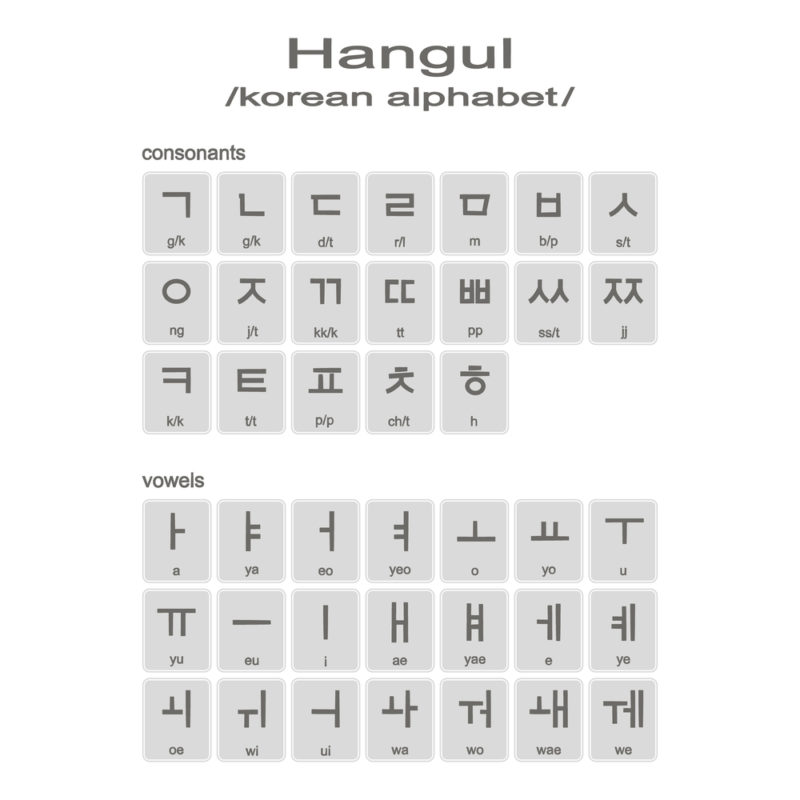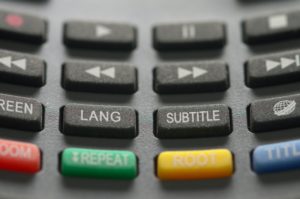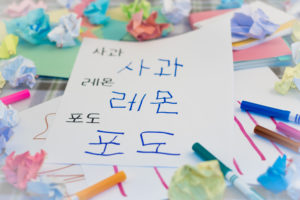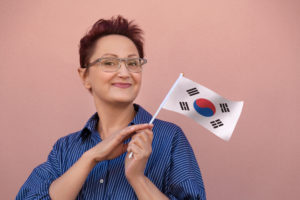Reaching Fluency It’s Easier Than You Think…
Korean is a beautiful and very useful language to learn. With more than 75 million speakers worldwide, you’ll easily benefit from speaking Korean as a second language. But many potential language learners wonder if Korean is hard to learn. As an East-Asian language, it definitely has a reputation for its difficulty. But before you give up, look at these facts to decide if you should start learning Korean.
It’s important to note that there’s no measure for the difficulty of a language. While you can compare how closely related it is to your native language, that’s not an accurate way to gauge the difficulty of a language.
Even languages that are very similar to English can be a challenge if you lack motivation or use ineffective language learning methods. As long as you want to learn Korean and you have a good motivation for doing so, you’ll find the language much easier to learn that “easier” languages.
How Long Does It Take to Learn Korean?
Again, it’s really difficult to put a number on this. If you’re an English speaker, the Foreign Service Institute (FSI) provides a rough estimate. As a Category V language, becoming fluent in Korean should take 88 weeks or 2200 hours of study, according to them. But that depends on many things. What language learning resources do you use? How often can you study? What kind of learner are you? All of these questions influence how long it takes you to learn a language.
Quickly Master The Korean Alphabet
The Korean alphabet is Hangul. Learning Hangul is the first step in learning Korean. At first glance, Korean Hangul characters may seem impossibly hard to learn. However, it’s quite an easy and logical system. You can learn Hangul in 20 minutes or less. And with some Korean writing practice, you’ll surely master it quickly.

Koreans also write from left to right, which should be familiar to English native speakers. And writing in Korean is very logical because the Hangul system coincides with spoken Korean.
The design of the letters also mimics the shape of the tongue and mouth as you pronounce them. That makes learning the Korean alphabet is quite easy to learn and a great starting place for your journey to fluency.
How to Perfect the Correct Pronunciation
Unlike most East-Asian languages, Korean is not a tonal language. Chinese and Japanese words have different meanings if you pronounce them in different ways. But that’s not the case in Korean. Every sound has one associated meaning. This makes mastering Korean pronunciation infinitely easier than other languages surrounding it.
Korean also doesn’t have consonant clusters, like Polish for example. Just like in Italian, vowels follow consonants in every syllable. And unlike French or Arabic, Korean doesn’t contain aspirated or throaty sounds.
However, there are quite a lot of sounds in Korean. And many letters in Hangul have a different pronunciation depending on whether they’re at the beginning, middle, or end of a syllable. While it can be hard to learn these pronunciation differences in Korean, it’s by no means impossible.
Understanding Korean Grammar
This may surprise you, but Korean grammar isn’t all that complicated either. In fact, it’s easy to master. Of course, there are some concepts that are greatly different from English grammar, but that’s the case with every language.
While English follows a Subject-Verb-Object (SVO) sentence structure, Korean sentences are Subject-Object-Verb (SOV). Here’s an example of this:
- English: Mary eats an apple.
- Korean: 메리는 사과를 먹는다.
- Literal Translation: Mary an apple eats.
There’s also no gender in Korean, so you won’t have to worry about different verb conjugations. But, there are definitely various ways to conjugate verbs in Korean. So, you’ll have to learn those to master Korean grammar.
In fact, you have to conjugate descriptive verbs to make adjectives. Korean doesn’t have adjectives. Instead of “red”, they have a verb that means “to be red”. If you want to say that something is red, you need to conjugate that specific verb to describe it.

The Trick to Korean Nouns
Just like in English, nouns in Korean refer to a person, place, thing, or idea. One great thing about the Korean language is that it doesn’t use genders for nouns. So, you won’t have to worry whether the table is feminine, masculine, or neuter. And there are no articles you need to memorize along with the words like in Spanish or French.
Korean Isn’t Hard to Learn
Is Korean hard to learn? It’s not as hard as some people tend to think. But, you still need a good, reliable, and effective language learning method to reach fluency. And that’s exactly what OptiLingo is.
OptiLingo is the language learning app that brings you results. You can quickly boost your Korean speaking skills. How? By practicing the most common words and phrases, you’ll learn to speak exactly like the locals. OptiLingo makes learning Korean fun and easy. Find out how much simpler reaching fluency can be when you download the app today!







